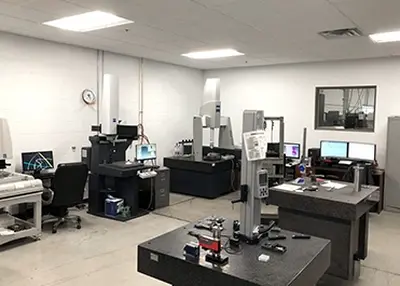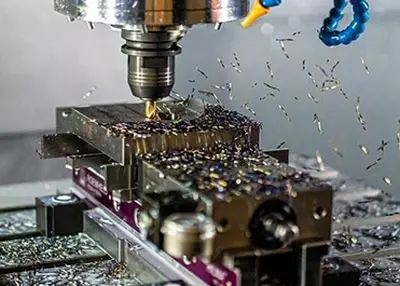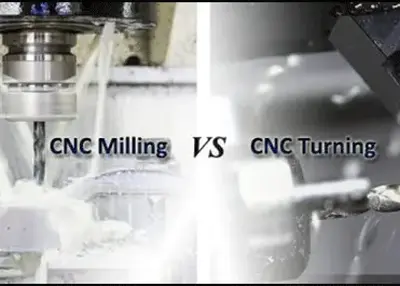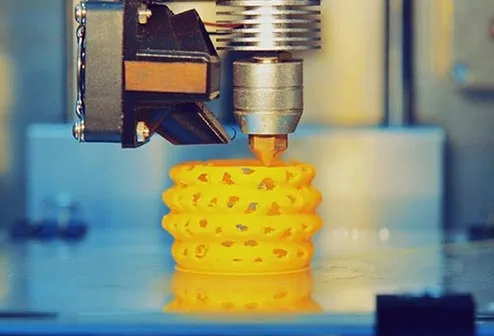Anodized aluminum refers to a layer of dense aluminum oxide plated on the surface of aluminum and aluminum alloy in order to prevent further oxidation, with chemical properties that are the same as those of aluminum oxide. However, unlike a general oxide film, anodized aluminium can be dyed by electrolytic coloring.
Anode effect is a phenomenon unique to molten salt electrolysis, which is particularly pronounced in the production of electrolytic aluminum. When anode effect occurs during production, the cell voltage of the electrolysis bath increases sharply, reaching 20~-50V, sometimes even higher. Its occurrence has a great impact on the entire electrolysis series, reduces current efficiency, affects various technical indicators of electrolysis, and reduces the yield and quality of aluminum, which destroys the stable power supply of the entire electrolysis series. In terms of treatment, there are only two methods: extinguishing with an effect bar (wooden stick) or reducing the anode and increasing the amount of alumina feed to achieve the purpose of extinguishing the anode effect. No better treatment method has been found yet.
The occurrence of anode effect is due to the gradual decrease of oxygen ions in the electrolyte during the electrolysis process. When it reaches a certain level, fluorine precipitates and reacts with the anode carbon to form fluoride of carbon. The fluoride of carbon precipitates into fine carbon particles during decomposition. These carbon particles attach to the surface of the anode, preventing contact between the electrolyte and the anode, and making the electrolyte unable to wet the anode well, just like water cannot wet the surface of oiled paint, forming a layer of poorly conductive gas film between the electrolyte and the anode, and increasing the anode overvoltage, causing anode effect. After adding new alumina, oxygen is precipitated on the anode surface, reacts with carbon powder, gradually makes the anode surface calm, reduces the resistance, and the electrolysis process tends to normalize again.
The following steps are how CNC anodized aluminum be produced:
Mechanical polishing;
Chemical treatment to remove copper components on the surface of certain alloys;
Cleaning and degreasing (for parts that have been anodized but need to be anodized again, use alkali or special reagents to remove the original anodized top layer);
Placing it in dilute sulfuric acid as an anode for electrification to generate a surface oxide layer;( it is porous and is a white semi-transparent film);
Dyeing;
Fixing (heating or using a chromate solution to seal the pores of the surface oxide layer).
In addition to affecting the corrosion resistance of the generated oxide film, the chemical composition of aluminium alloys also has a certain effect on the thickness of the final oxide film. Under the same oxidation treatment conditions, the oxide film obtained on pure aluminium is thicker than that on aluminium alloy. Aluminum-silicon alloy is difficult to oxidize, and the oxide film layer is dark and grey. Therefore, sheet metal parts with and without aluminium coating need to be anodised separately. Because under the same bath oxidation treatment, the oxide film on pure aluminium is generated faster and thicker, while that on naked aluminum is generated slower and thinner.
 GD&T Overview: What are the GD&T Symbols?August 23, 2023GDT symbols are the language used in engineering drawings to communicate design specifications and requirements for manufactured parts. GD&T symbol helps designers and manufacturers precisely defi...view
GD&T Overview: What are the GD&T Symbols?August 23, 2023GDT symbols are the language used in engineering drawings to communicate design specifications and requirements for manufactured parts. GD&T symbol helps designers and manufacturers precisely defi...view CNC Honing Service A Guide for Concept & SelectionMay 20, 2024CNC honing service helps to achieve tighter tolerances and better surface finishes on a wide range of precision machined parts with a round bore. Here's a simple guide for its concept and selection.view
CNC Honing Service A Guide for Concept & SelectionMay 20, 2024CNC honing service helps to achieve tighter tolerances and better surface finishes on a wide range of precision machined parts with a round bore. Here's a simple guide for its concept and selection.view The Application of CNC Machining in Mechanical Equipment - CNC PartsMay 13, 2024Discover the wide range of applications and future trends of CNC machined parts in mechanical equipment. From high precision to increased efficiency, this technology is pushing forward the industry. Explore the possibilities now!view
The Application of CNC Machining in Mechanical Equipment - CNC PartsMay 13, 2024Discover the wide range of applications and future trends of CNC machined parts in mechanical equipment. From high precision to increased efficiency, this technology is pushing forward the industry. Explore the possibilities now!view CNC Machine vs 3D Printer: A Comprehensive ComparisonNovember 6, 2023As the proud owner of Richconn, a CNC machining service provider, I understand the importance of choosing the right manufacturing technology for your production needs. The decision between CNC machines and 3D printers can be a daunting one, and that's why I'm here to provide you with a comprehensive comparison to help you make an informed choice.view
CNC Machine vs 3D Printer: A Comprehensive ComparisonNovember 6, 2023As the proud owner of Richconn, a CNC machining service provider, I understand the importance of choosing the right manufacturing technology for your production needs. The decision between CNC machines and 3D printers can be a daunting one, and that's why I'm here to provide you with a comprehensive comparison to help you make an informed choice.view What are the machining processes?November 16, 2023Machining processes are a key manufacturing method used to transform raw materials into desired parts and products. These processes include milling, turning, drilling, grinding, reaming, stamping, forging, injection molding, EDM, heat treatment, welding, stretch molding, powder metallurgy and 3D printing. The following are some common machining processes:view
What are the machining processes?November 16, 2023Machining processes are a key manufacturing method used to transform raw materials into desired parts and products. These processes include milling, turning, drilling, grinding, reaming, stamping, forging, injection molding, EDM, heat treatment, welding, stretch molding, powder metallurgy and 3D printing. The following are some common machining processes:view CNC Milling vs CNC Turning: Which Machining Process is Best for YouNovember 23, 2023CNC milling and CNC turning are two commonly used CNC machining methods, and they both utilize the CNC system to control the movement of the machine tool and achieve precise machining of the workpiece.view
CNC Milling vs CNC Turning: Which Machining Process is Best for YouNovember 23, 2023CNC milling and CNC turning are two commonly used CNC machining methods, and they both utilize the CNC system to control the movement of the machine tool and achieve precise machining of the workpiece.view
 EN
EN
 ru
ru 


